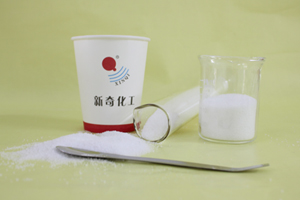Introduction to Defoamers and Antifoams for Wastewater Treatment
1. Definition and Purpose Defoamers (or antifoams) are chemical additives specifically designed to control and eliminate unwanted foam in industrial processes, with wastewater treatment being a primary application. During various stages of wastewater treatment, such as aeration, agitation, and biological processing, the presence of surfactants, proteins, and other surface-active agents can lead to persistent foam …
Introduction to Defoamers and Antifoams for Wastewater Treatment Read More »









